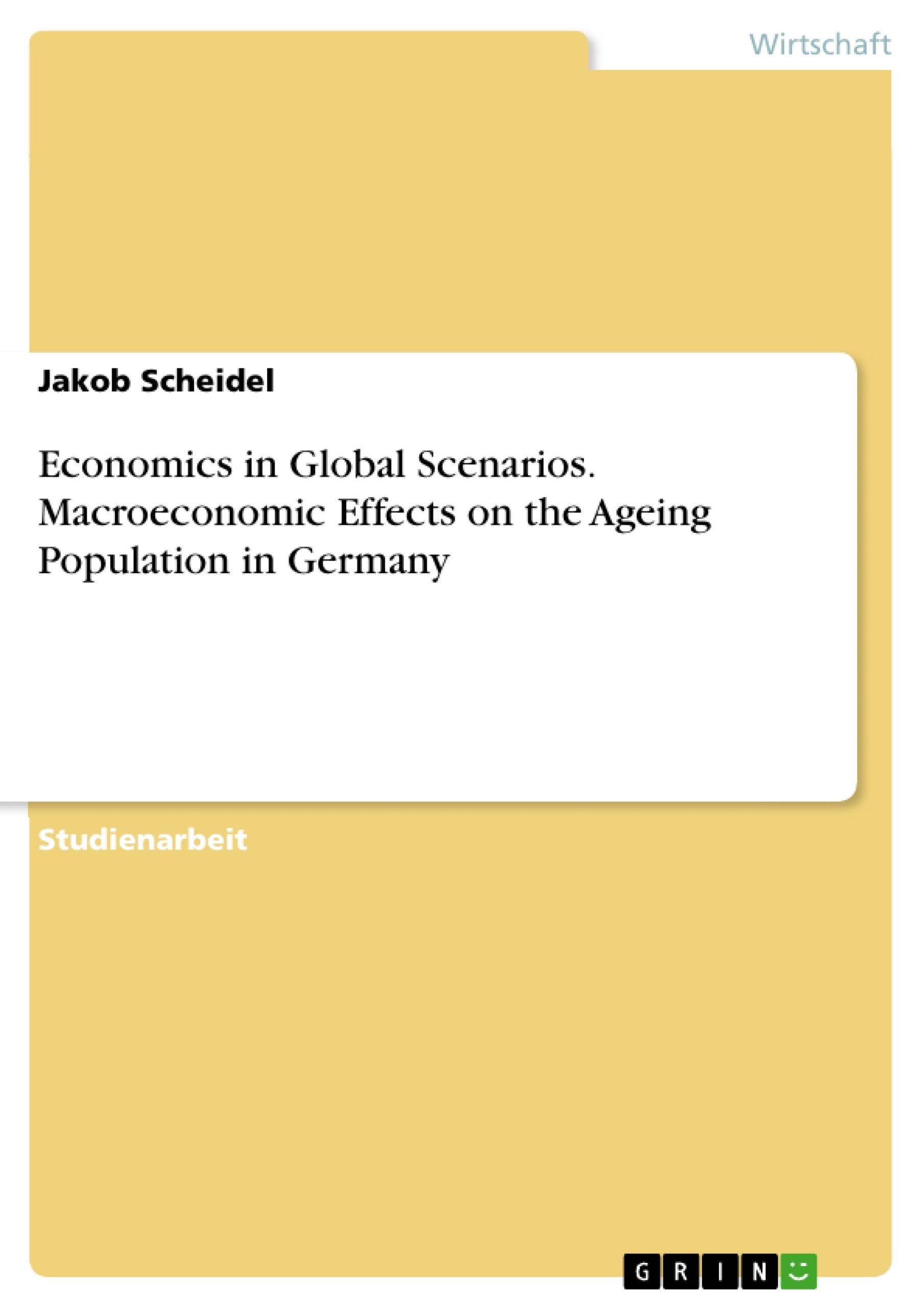This paper focuses on the macroeconomic implications of ageing populations and the challenges they pose, using Germany as an example.
In order to arrive at qualitative results and proposals, the paper starts with a brief analysis of the German population structure with a basic understanding of the reasons and background. The third chapter deals with the effects of the ageing population on the labor market, the social security system, and the innovative capacity of the German economy. It then looks at birth and migration, two ways of softening and slowing down the consequences.
The paper ends with a final conclusion.
Inhaltsverzeichnis
- Introduction
- Ageing population in Germany
- Fertility rate
- Increase in life expectancy
- Macroeconomic effects of ageing population
- Labour market
- Social security systems
- Innovative capacity
- Opportunities for action
- Births
- Immigration
- Conclusion
Zielsetzung und Themenschwerpunkte
Diese Arbeit untersucht die Auswirkungen der alternden Bevölkerung auf die deutsche Wirtschaft. Sie analysiert die Gründe für den demografischen Wandel in Deutschland und die Herausforderungen, die dieser Wandel mit sich bringt. Der Fokus liegt auf den Auswirkungen der alternden Bevölkerung auf den Arbeitsmarkt, die Sozialversicherungssysteme und die Innovationskraft der deutschen Wirtschaft.
- Die Ursachen für die alternde Bevölkerung in Deutschland
- Die Auswirkungen der alternden Bevölkerung auf den Arbeitsmarkt
- Die Auswirkungen der alternden Bevölkerung auf die Sozialversicherungssysteme
- Die Auswirkungen der alternden Bevölkerung auf die Innovationskraft der deutschen Wirtschaft
- Mögliche Maßnahmen zur Abmilderung der Auswirkungen der alternden Bevölkerung
Zusammenfassung der Kapitel
Das erste Kapitel bietet eine Einführung in die Thematik des demografischen Wandels und erläutert die Bedeutung der alternden Bevölkerung für die deutsche Wirtschaft. Das zweite Kapitel analysiert die Altersstruktur der deutschen Bevölkerung und beleuchtet die Gründe für die sinkende Geburtenrate und die steigende Lebenserwartung. Das dritte Kapitel untersucht die Auswirkungen der alternden Bevölkerung auf den Arbeitsmarkt, die Sozialversicherungssysteme und die Innovationskraft der deutschen Wirtschaft.
Schlüsselwörter
Alternde Bevölkerung, demografischer Wandel, Arbeitsmarkt, Sozialversicherungssysteme, Innovationskraft, Geburtenrate, Lebenserwartung, Deutschland.
- Citation du texte
- Jakob Scheidel (Auteur), 2020, Economics in Global Scenarios. Macroeconomic Effects on the Ageing Population in Germany, Munich, GRIN Verlag, https://www.grin.com/document/1040013



